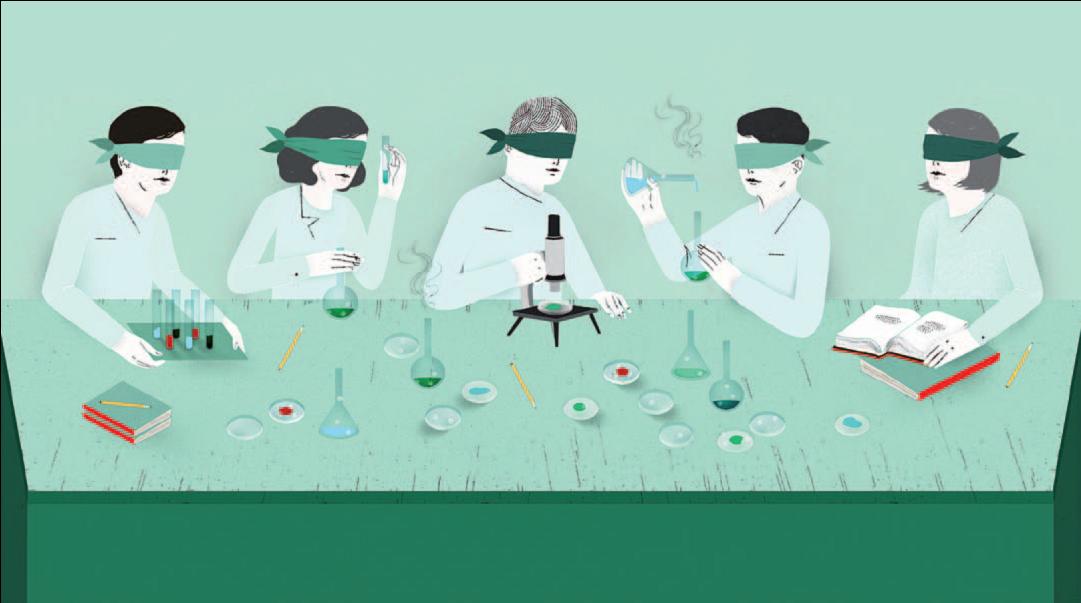Looking across fences
|
| The
main intention to establish an Austrian Neuroscience Association (ANA)
in 1993 was to promote neuroscience research in Austria and to aid its presentation to the public. To achieve these
goals, the ANA initiated various activities since then. One of them was
to give a comprehensive overview of teaching activities related to
neuroscience at Austrian universities. |
| Since 1999, teaching activities related to neuroscience at universities in Vienna have
been explored and compiled in a catalogue of lectures, arranged in
several disciplines, from basic natural science up to more complex
cognitive science domains. The interdisciplinary nature of neuroscience
research, however, makes it difficult to decide where the boundaries
should be drawn. |
| While
neurological and psychiatric diseases as Parkinson's Disease,
Alzheimer's Disease, Schizophrenia and Depression without any doubt
represent areas of central interest for neuroscience research, it might
be questioned if every single lecture or seminar dealing with these
diseases should automatically be part of a neuroscience lecture
catalogue. |
| Similarly,
the specifically human faculties of thinking and reasoning and
establishing communicative societies have their roots in our brains.
Nevertheless, a
comprehensive collection of lectures related to these faculties
would surely be outside the scope of a catalogue of neuroscience and
cognitive science lectures. |
| Therefore,
a hunt for appropriate lectures in the jungles of the pertinent online
catalogues of courses cannot simply be accomplished by loading your
rifle with convenient keywords. First, you would end up with an
intimidating stack of largely inappropriate prey; and second, you would
miss the most interesting game. |
| I've
been pursuing this neverending hunt now for the last several years, and I
still experience at the beginning of each semester the exciting thrill
as if I were on the track of a new beetle or butterfly species. My
horizon has expanded continuously, including today archaeology and
theology, domains quite exotic from a neuroscientific point of
view. |
| The
feedback up to now was rather mixed. The greatest part of the reactions
(>99%) concerned formal corrections or wishes to be included with
additional lectures. Exponents of natural science disciplines expressed
their concern of including the humanities. However, from these latter
domains came the most positive reactions. |
| Especially
in the humanities, I can testify to a high turnover of interesting
contents. While many clinical and molecular lectures appear year after
year without any change, philosophers and social scientists change
their contents rapidly. And from their side comes the most enthusiastic
welcome for our catalogue, since they are eager to learn about the
lectures of colleagues in neighbouring disciplines. |
| Looking across the fences of our disciplines should
be the natural habit of scientists devoted to multidisciplinary
research. Unfortunately, this habit is not very popular among natural
scientists; at least, that's my impression after all these years of
hunting in the wilderness of neuroscience and cognitive science
teaching courses. |
7/11 < MB 2/12 > 2/12
|

